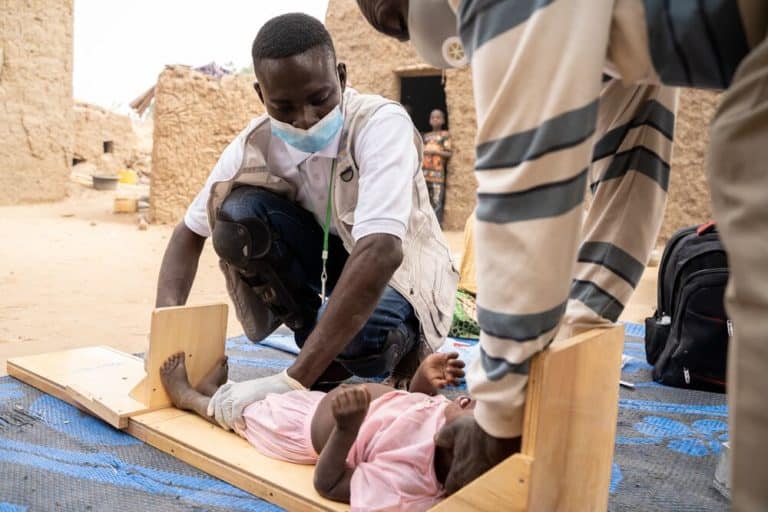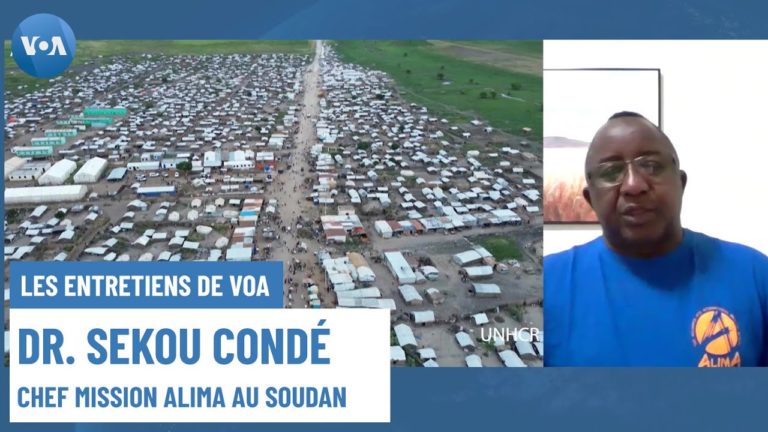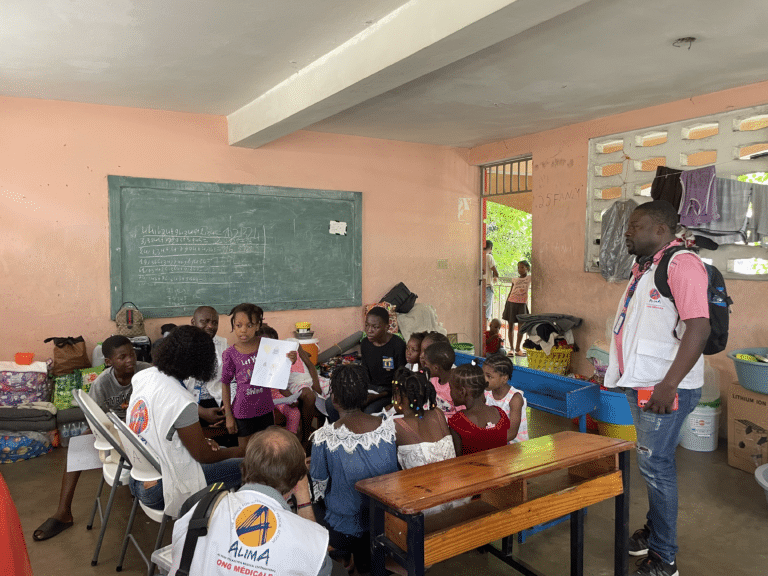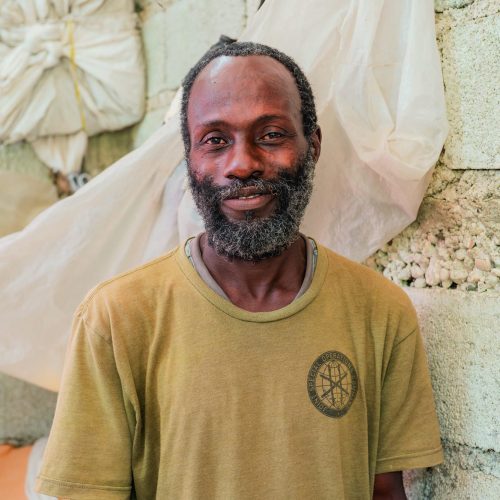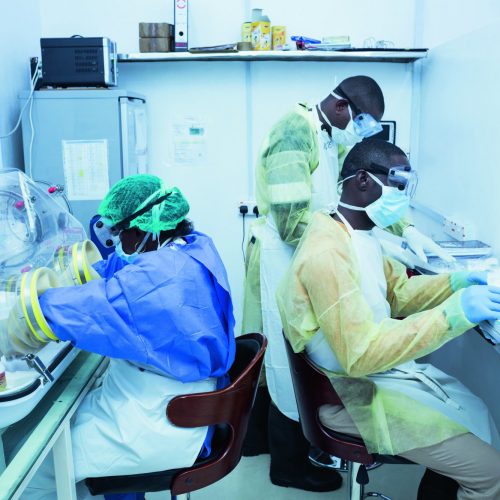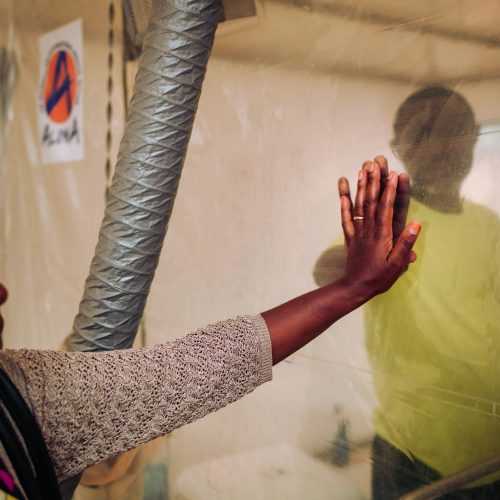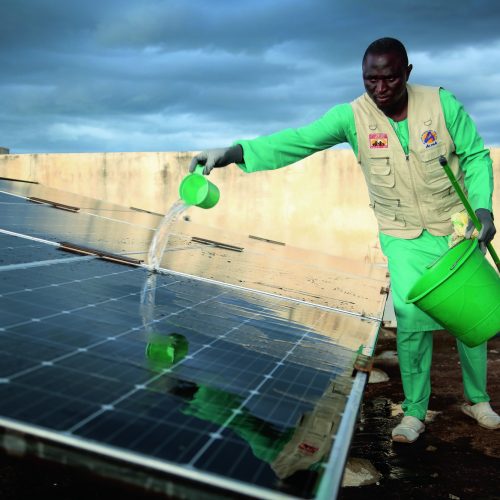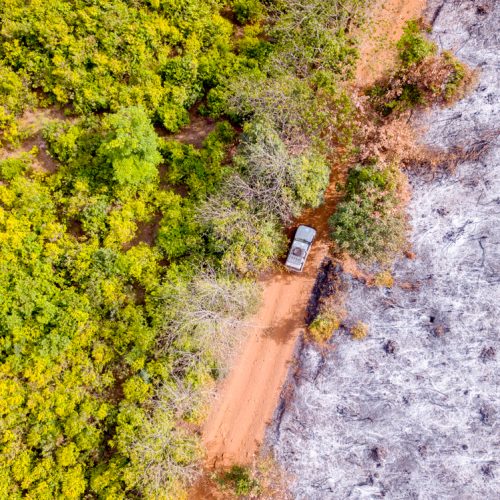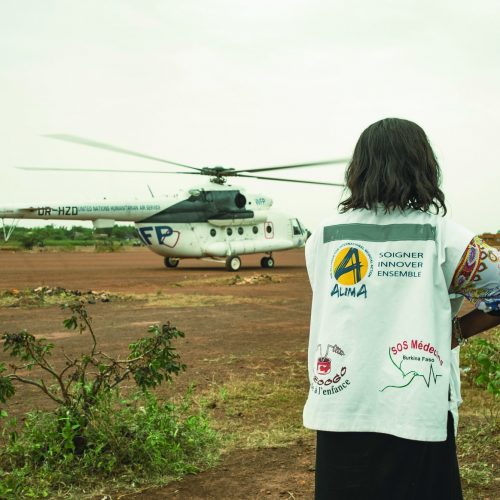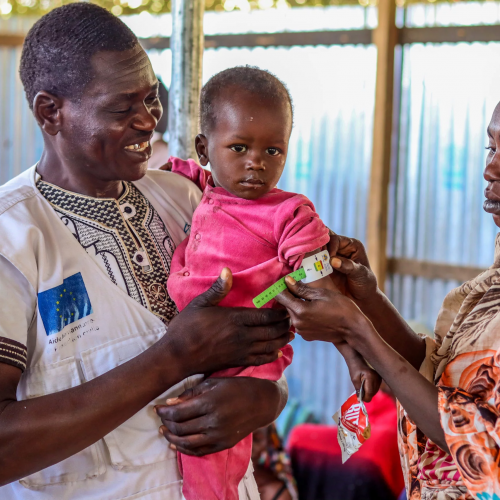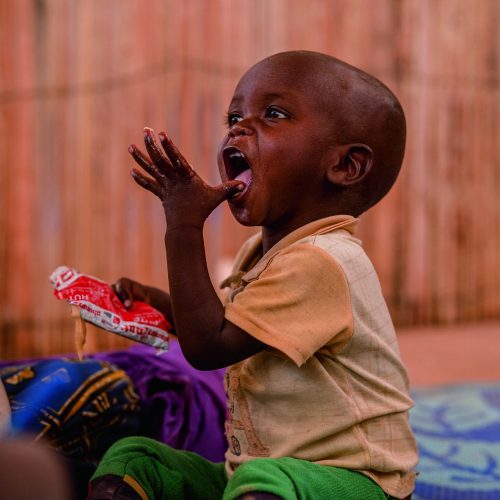This opinion piece was originally published in Alliance Magazine on March 20, 2024
Advocates have long called for comprehensive funding to treat childhood malnutrition, a longstanding crisis that has been historically neglected. While institutional donors have finally responded with substantial commitments, existing funding structures remain slow and highly restricted.
When a crisis hits, nonprofits have no choice but to wait for funding to become available to treat malnourished children, many of whom are too sick to wait. Sometimes, the money never comes. And when it does, it is often only enough for a year, and the crisis is then exacerbated by the scramble for more money, shifting donor priorities, and the evolving nature of emergency situations.
‘Private funders have the unique opportunity to support real, lasting progress by easing grant requirements and replacing highly restricted funds with responsive funding.’
The problem with traditional funding models is systemic, one beset by government and institutional bureaucracies. However, private funders have the unique opportunity to support real, lasting progress by easing grant requirements and replacing highly restricted funds with responsive funding.
With a less prescriptive approach, nonprofits gain the autonomy to use resources where they are most needed, and crises are addressed more efficiently and effectively. When funding is flexible and distributed over multiple years, nonprofits can create better forecasts for longer-term interventions. This creates sustainable, cost-effective, and impactful programming designed to meet immediate and potential needs.
Last year, the CRI Foundation and ALIMA designed something better than the traditional funding model: a three-year initiative called the Africa Malnutrition Fund. This multi-year fund will provide nearly $10 million to address malnutrition—particularly among children—across Chad, Mali, Niger, Burkina Faso, and Nigeria. These countries are experiencing some of the world’s highest levels of child wasting.
After working closely together to address critical gaps in institutional funding for malnutrition over the past year, CRI and ALIMA decided to tackle the funding conundrum collaboratively and comprehensively. The Africa Malnutrition Fund is rooted in open communication, transparency, and the shared understanding—between donor and nonprofit—that funding for malnutrition needs to be both nimble and reliable.
CRI trusts ALIMA to identify the needs of communities and allocate resources accordingly, and the Fund’s flexibility enables ALIMA to move resources around as needs evolve in different countries without needing donor approval. This allows ALIMA to anticipate funding gaps before treatment programs are jeopardized. While this funding approach could be adopted by large institutional funders, we see this as a unique opportunity for smaller donors to come together and galvanize their support for greater impact.
The reality is that solving pervasive and structural problems that lead to malnutrition demands predictable, flexible funding that can help stabilize local health systems. After short-term funding is fully spent, nonprofits find their programs at risk of shuttering—leaving families without medical services.
Within the first year following the launch of the Africa Malnutrition Fund, ALIMA was able to treat more than 78,000 children for malnutrition across Chad, Mali, Niger, and Nigeria, with an average recovery rate of 94.7 percent.
Here is one example of how:
Ready-to-use therapeutic foods (RUTF) like , a calorie-rich peanut paste containing essential minerals and vitamins, are a key treatment for children who are experiencing malnutrition. During emergencies, this life-saving product is almost impossible to obtain quickly if there is no readily available stock. Rather than purchasing the product in the heat of a crisis, ALIMA—thanks to the Fund—can proactively stock up on RUTF, thereby dramatically expediting treatment service delivery. This is possible without having to engage in a new grant application process or waiting for lengthy funder board approvals.
‘Private funders can create unique funding mechanisms and build relationships with their grantees that empower them to act quickly in emergencies and prepare for the next crisis.’
In countries like Mali, where ALIMA is both researching and implementing strategies for tangible results, access to flexible funds is critical. The Fund supports ALIMA’s implementation of its innovative program OptiMA, an evidence-based and simplified approach to malnutrition management.
This new funding model aids in preventing interruptions that might jeopardize the study protocol for treating malnutrition in children. OptiMA, which was developed and is currently researched by ALIMA, now serves as a scientific reference for organizations like the World Health Organization (WHO) and UNICEF. With governments and health authorities beginning to adopt the simplified protocols, OptiMA isn’t just saving lives today; it will save lives well into the future.
Funders, we are asking you to be creative and challenge the outdated practices that restrain care and stifle the possibility of positive, systemic change. The power of the private funding sector is its freedom from bureaucracy and the ability to engage in philanthropy on its own terms. Private funders can create unique funding mechanisms and build relationships with their grantees that empower them to act quickly in emergencies and prepare for the next crisis.
We intentionally designed a pooled fund that multiple donors could join to leverage their resources and make a significant impact in countries whose communities have been devastated by malnutrition. By pooling our resources, expertise, and networks, we hope to reach more communities facing significant impacts of malnutrition. Together, we can move toward alleviating a crisis, building resilience, and sustaining our collective efforts.
Kara Weiss is the Executive Director of the CRI Foundation.
Moumouni Kinda is the CEO of ALIMA.
